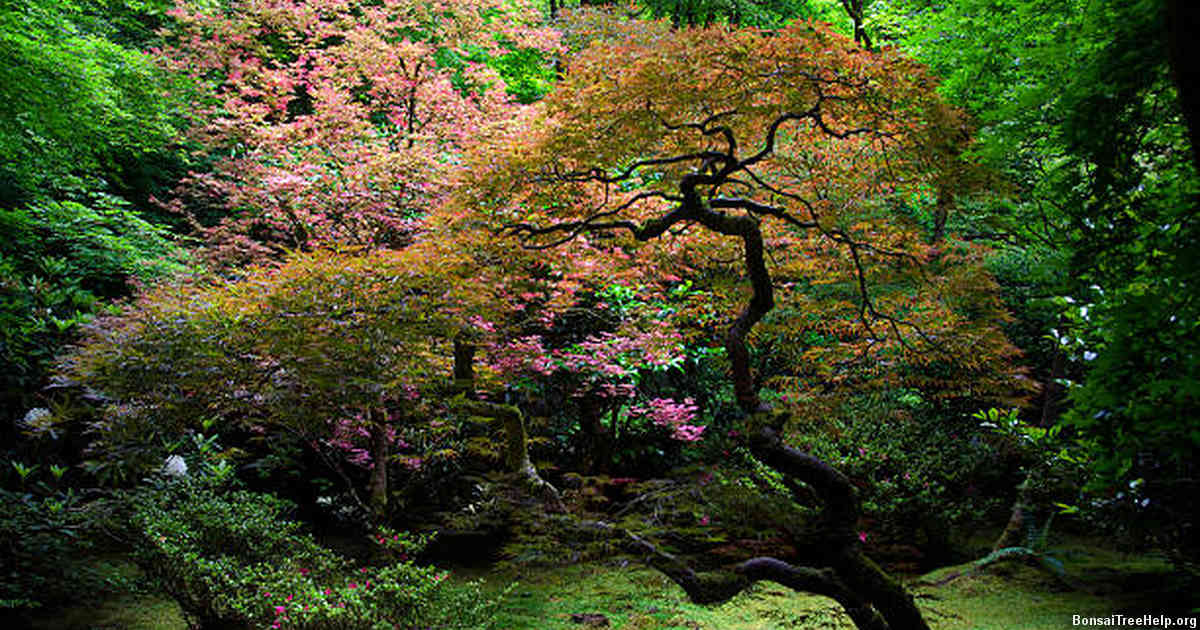
Prune your bonsai tree when it starts to look lopsided or overgrown. Generally, pruning should be done twice a year – once in the spring and again in summer or fall. In the spring, focus on trimming new shoots that have grown since last year. In summer/fall, shape and trim back branches to maintain the desired aesthetic of your bonsai tree. Remember not to trim too much off at one time as this can weaken the overall health of your bonsai tree.
Contents:
- Understanding Bonsai Tree Growth Cycles
- Recognizing Signs that Your Bonsai Needs Pruning
- Timing is Key: Best Seasons for Pruning Your Bonsai
- Strategies for Effective and Efficient Bonsai Pruning
- Common Mistakes to Avoid While Pruning Your Bonsai
- Maximizing the Benefits of Pruning for Your Bonsai’s Health and Aesthetics
- Seeking Professional Help: When DIY Pruning Isn’t Enough
Understanding Bonsai Tree Growth Cycles
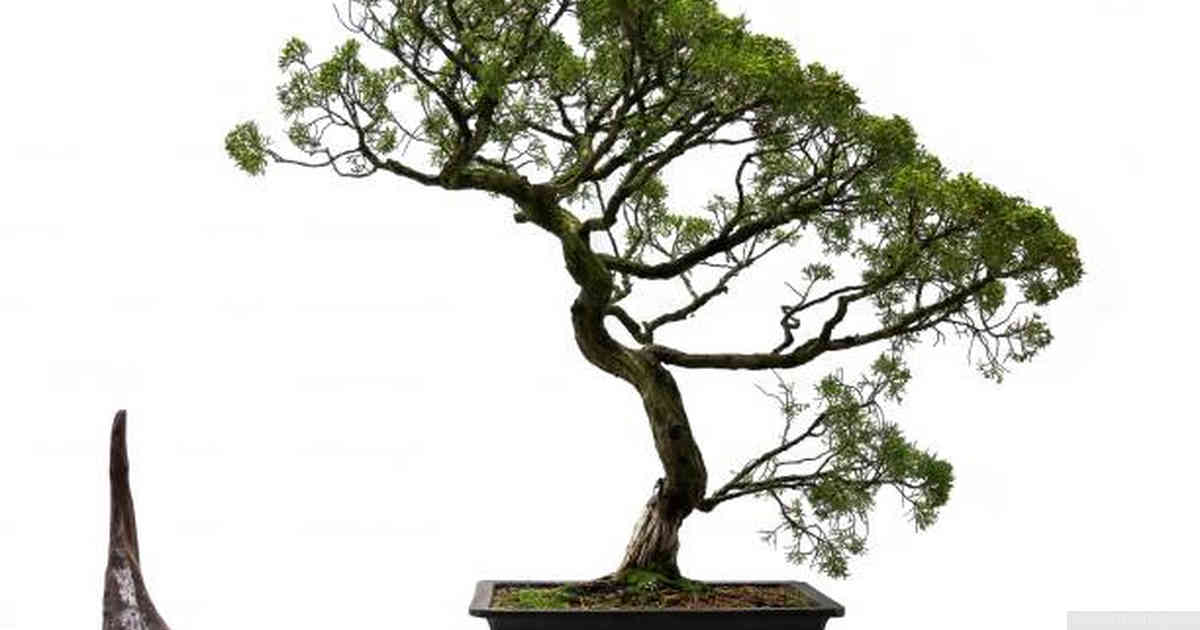
Bonsai trees may look like their larger natural counterparts, but they require significantly more attentive care. Understanding bonsai tree growth cycles is essential for properly caring for your plant and getting the best results from its seasonal pruning. For example, a deciduous bonsai’s dormant period typically occurs during winter months, when it stops producing new leaves and buds. This is an ideal time to begin trimming back branches and roots to promote shape and size stability. Meanwhile, evergreen varieties should be pruned just before springtime when needles start to appear on the branches since that’s when the tree will have stored sufficient energy reserves to support such growth management efforts.
Trimming at other times of year can also produce pleasing results; however, one must consider how each branch or leaf removal affects the general health of the entire organism in terms of factors like water balance and sun exposure. Making incisions too late in the growing season might cause leaf damage because there isn’t enough time left for healing before cold weather sets in or sunburn becomes a problem if done right after summertime peaks. Regular watering throughout all seasons helps limit stress-induced disease infestations as well as promote proper recovery between cuts of any kind that are made to maintain the desired shape for one’s miniature forest specimen.
Recognizing Signs that Your Bonsai Needs Pruning
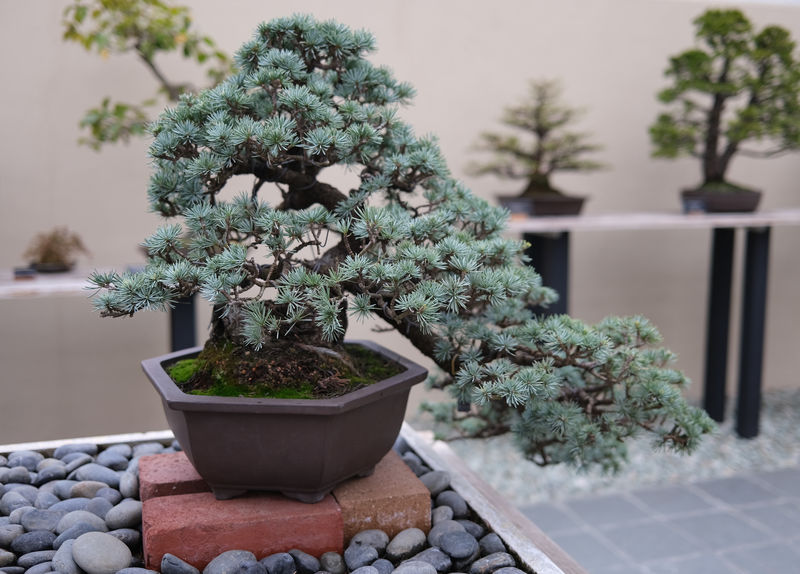
When it comes to caring for a bonsai tree, pruning is essential. Without regular pruning, a bonsai tree can become unhealthy and out of shape. It’s important to take the time to recognize when your bonsai needs pruning so that you can give it the best possible care and maintain its attractive appearance.
One sign that your bonsai may need pruning is if the branches appear too crowded or tangled. Too many branches in one area can make it difficult for sunlight and air to reach all parts of the tree. If you notice this happening, then it’s definitely time to prune back some of the branches.
Another sign of needing a trim is if leaves are starting to yellow or dry out prematurely; this could be caused by an excess amount of foliage competing for nutrients from soil. Removing older growth can help ensure that younger growth continues to thrive and look its best.
A third indication your bonsai needs some attention is if newly-planted shoots appear weak or stunted – this often indicates lack of enough space within potting environment due to existing roots not being able to spread with enough freedom, which may mean that you should remove some of them before repotting your plant into a bigger container if needed.
Timing is Key: Best Seasons for Pruning Your Bonsai
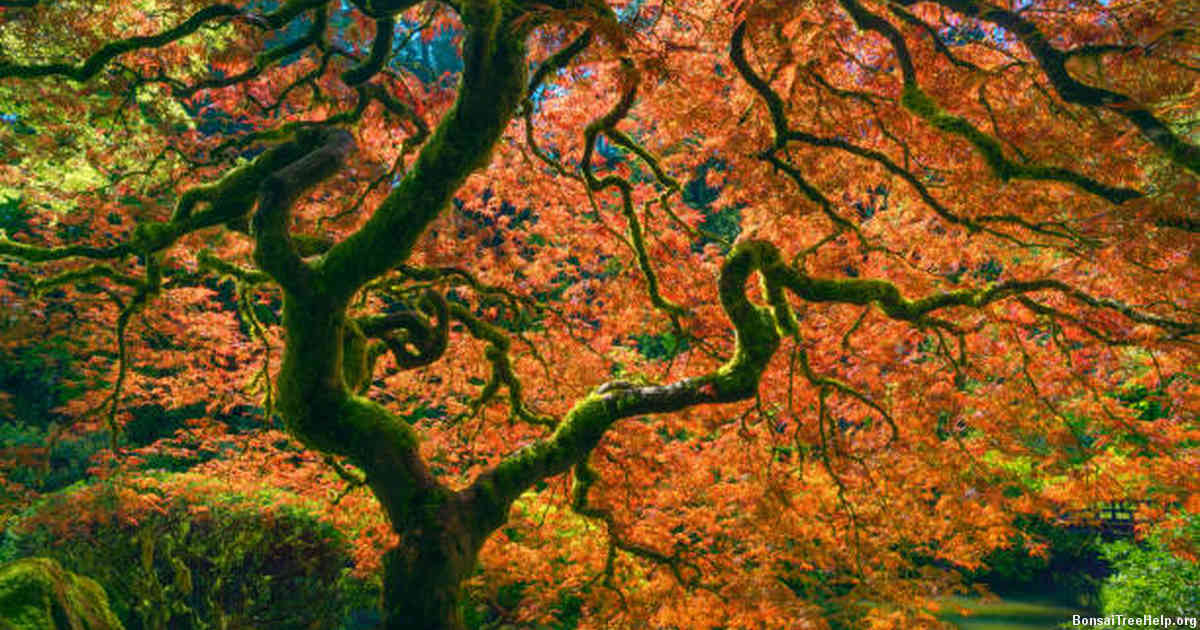
Properly timing the pruning of your bonsai is a crucial part of its growth and health. Depending on what type of tree you have, there may be specific times during the year that are most favorable for cutting back the branches and roots. By understanding the optimal season for pruning, you can ensure that your bonsai will thrive and maintain its beauty for years to come.
To begin with, it’s important to note that deciduous trees should be pruned only during dormant seasons such as winter or early spring while they are not actively growing. At this time you can safely remove any deadwood or stray branches without having to worry about disrupting active growth patterns in plants like Maple, Oak, Hornbeam or Ginkgo biloba among others. During this period you should also pay attention to how much foliage remains – don’t go overboard with trimming but do make sure dead leaves are removed so more energy can be directed towards rooting instead of leaf production.
On the other hand coniferous species such as Juniper require clipping throughout their growing season (late spring/summer) since their needles won’t fall off on their own like those from deciduous trees might do naturally. This will help keep your tree’s shape consistent by allowing new shoots to emerge steadily while simultaneously managing potential issues arising from excessive bushyness if left unchecked. You should still avoid pruning too close to cold months however if possible as young branches have difficulty adapting fast enough before temperatures drop significantly in late autumn/early winter which could damage them irreversibly over time.
Strategies for Effective and Efficient Bonsai Pruning
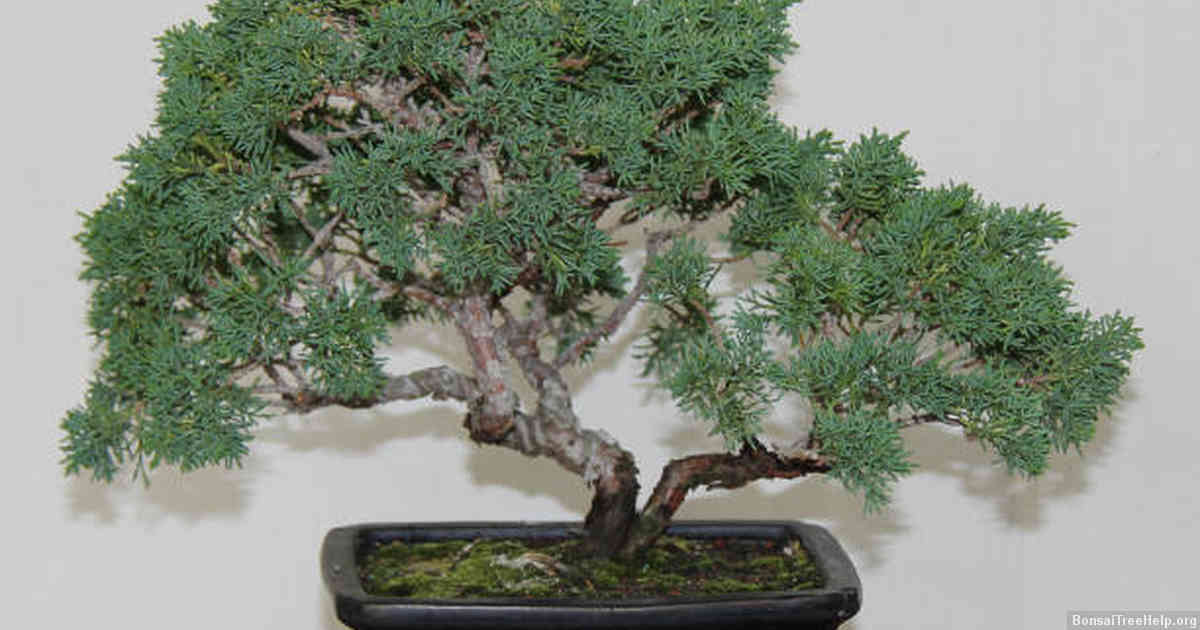
Bonsai pruning is an essential practice for keeping a bonsai tree healthy and looking its best. Although it can be intimidating, there are simple strategies that can help ensure effective and efficient pruning of your precious bonsai trees.
First off, the timing of the pruning is crucial in maintaining the desired shape of a bonsai tree; spring and summer months provide ideal conditions for most varieties. Pruning during dormant periods should also be done with caution, as too much cutting will harm rather than help your tree grow correctly. Bear in mind that young and developing trees need more frequent trimming to maintain their form while mature bonsai should generally require less frequent pruning sessions.
Pruning tools can vary according to job at hand, however good-quality blades are particularly important since they reduce stress on your hands while resulting in precise cuts that better ensure healthy growth of your bonsais’ branches or leaves. Aim for sharp implements such as concave cutters over cheaper clippers or scissors – these specialised tools also come with varying sizes to better meet every need when it comes to different size projects.
Take into consideration how much of the tree needs removing – doing too little will not make any visible difference whereas aggressive shearing may shock the plant from recovering well after each session due to being robbed from essential foliage reserves. A balanced approach between seemingly opposite extremes helps you work successfully without hindering potential progress either way.
Common Mistakes to Avoid While Pruning Your Bonsai

Pruning your bonsai tree should be done with care and attention. Even if you have owned a bonsai for years, there are common mistakes that many novice and experienced gardeners alike often make when pruning their plants. One of the most important things to remember is not to remove too much foliage at once or to try and shape the tree all in one go. If a substantial amount of leaf area is removed from the plant at once, it will cause a shock to its system which could lead to unhealthy growth or even death. It’s best to use small snips rather than larger cuts when shaping your bonsai and let it grow over time so that it can get accustomed to its new form gradually.
Another key aspect of pruning your bonsai correctly is timing. Pruning should generally occur during spring or summer when natural growth has resumed and leaves can easily regrow following trimming. While some trees such as deciduous varieties may benefit from pruning year-round, most species will require between two and four sessions during peak growing season, depending on how fast they grow. Tools used for cutting branches should always be sharp; dull blades could potentially damage tender tissues due to their inability to make precise cuts without exerting extra force on them while pruning.
An important mistake many gardeners make when trying their hand at bonsais is leaving dead wood in place instead of removing it completely with scissors or shears as soon as possible after noticing signs of decay such as dryness or discoloration. Deadwood provides an ideal environment for fungal infections which could spread quickly throughout the entire specimen; therefore making sure only healthy branches remain is essential for sustaining long-term health in any type of living tree sculpture.
Maximizing the Benefits of Pruning for Your Bonsai’s Health and Aesthetics

Proper pruning is an essential part of caring for a bonsai. In order to maximize the benefits for your tree’s health and aesthetics, there are a few important factors to consider when it comes time to cut. Consider the timing – trees often have specific seasons where pruning is more beneficial due to weather patterns or their individual growth cycles. Focus on the shape and size that you want your bonsai tree to be – selectively removing any branches or leaves can help encourage the desired form.
Be aware that too much or too aggressive pruning can damage the plant’s overall health and cause deformities in its appearance over time. Thus, it is important to understand exactly how much trimming will best suit each type of bonsai species – by understanding what’s best for your own particular plant variety, you’ll be able to effectively maintain its overall health while still sculpting it into a beautiful masterpiece.
Make sure you have the right tools at hand for any job. Carefully crafted shears and blades allow precision cutting that minimizes stress and injury on both stems and roots. Maintaining sharp tools also helps lessen risk of infection from torn tissue left on cuts as well as accidental gouging which could significantly stunt new growth development down the line.
Seeking Professional Help: When DIY Pruning Isn’t Enough
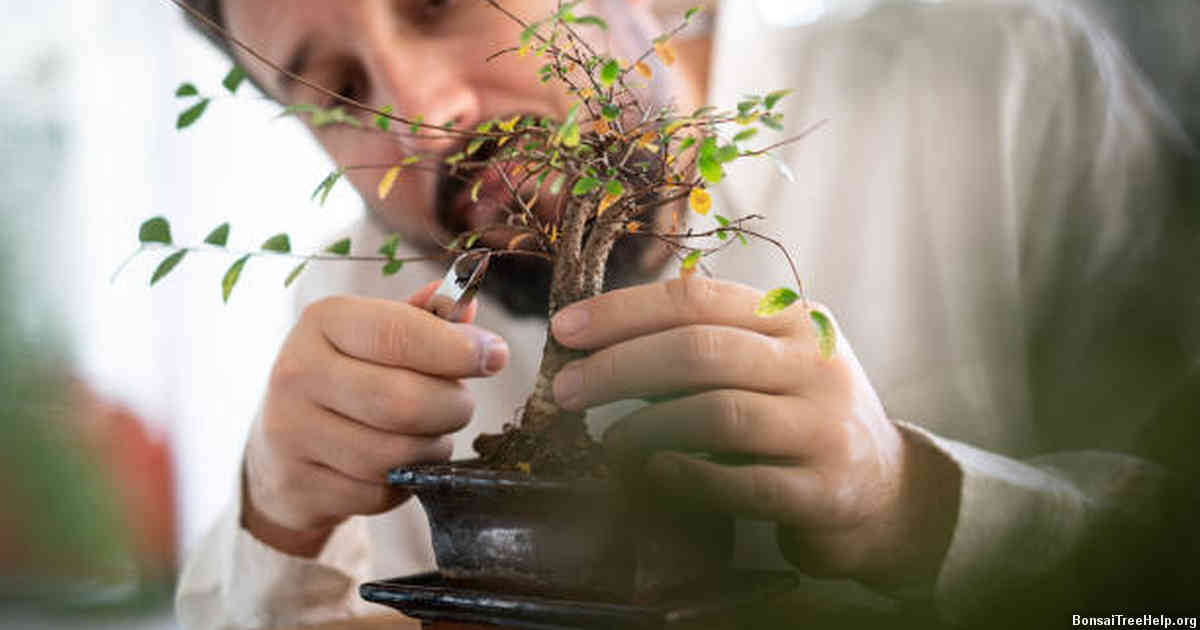
When it comes to the pruning of bonsai trees, some enthusiasts take on the job themselves while others seek outside help. Pruning a bonsai is an art form and though a hobbyist might be familiar with some techniques, they may not have enough knowledge to fully understand exactly when and how much to prune their tree. Even if a person is confident in their ability to conduct proper maintenance for their bonsai, there are times when seeking professional help is necessary in order to make sure that the tree gets the care it needs without being over-pruned or under-pruned.
For those looking for professional help, there are both online and offline options available for finding certified professionals who can give advice and aid in pruning a beloved bonsai. Certified professionals typically offer services such as advising what type of tools should be used based on the variety of your bonsai, providing consultations and even doing actual manual pruning themselves depending on what’s needed. There are also experts who specialize in more intricate tasks such as styling wire wrapping and repotting during transition period which will ensure optimum health of your cherished plant.
No matter which type of assistance you decide upon getting when considering professionally trimming your bonsai tree, researching multiple sources online or through word-of-mouth is always recommended so that you know exactly who has extensive experience working with these types of plants and thus ensure successful results.
Leave a Reply